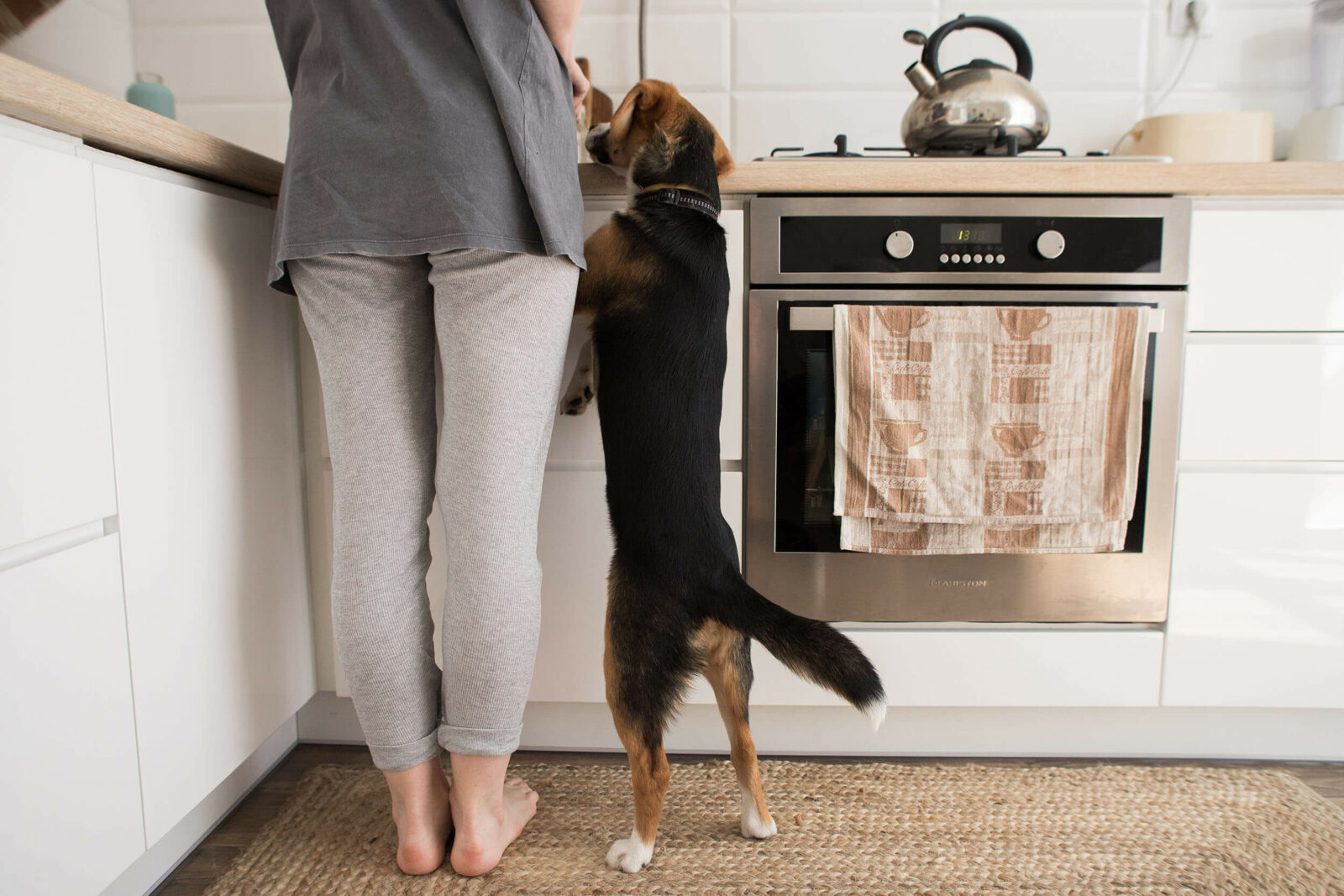Blog, Home-prepared diets
Dos & don’ts of homemade dog food
Over the years, I have worked with many dogs and, together with the owners, have been able to achieve incredible results with individually formulated, home-prepared diets. However, it is important to understand why and how this has happened.
There are many distinct benefits of feeding a dog homemade food. For example, preparing your dog’s meals at home allows you to tailor meals exactly to your dog’s individual requirements and food preferences – which can often persuade even the pickiest eater to enjoy their new food.
Homemade dog food also provides dog owners with piece of mind as they have complete control over the ingredient lists
And a home-prepared diet generally improves overall health and provide flexibility and better management of health conditions.
However, formulating a home-prepared balanced diet requires a complete and thorough understanding of your dog’s basic nutritional requirements, the impact of dietary changes and your dog’s specific needs.
The lowdown
If you are considering feeding your dog a home-prepared diet, I suggest you follow these tips:
1. Don’t wing it
Avoid recipes from books and the internet. Dog food recipes found in books or online are often lacking in vital nutrients and are not safe for long-term use. Plus, so many recipes share the same deficiencies so rotating between different food ingredients or recipes will not make up for the nutritional deficiencies.
2. Go pro
Speak to and work with a trained professional to create a diet that is suitable for your dog. While a lot of people consider themselves experts in the field of dog nutrition, few actually are. Ask what are their credentials/qualifications? How much experience do they have in the field? Are they willing to work with your veterinarian?
3. Red flag alert!
Make sure that the nutritional adviser you choose is not limited to, or promoting, one type of dog food only. If they are trying to push you into a certain method of feeding, you might consider it a red flag. Before you decide what works best for you and your dog, always ask what are the pros and cons of each style of dog food.
4. The recipe
- The recipe you follow should include very precise amounts of each ingredient, the specific form of ingredient and preparation instructions. For example: 1200 grams (cooked weight) of boneless and skinless chicken thighs, roasted, fat drained. Avoid vague recipes that says things like “1 cup chicken and 1 cup rice,” with no other instructions.
- A balanced diet will also always require supplements. I am often asked if it’s possible to get a truly balanced diet through food only. The honest answer is no, it isn’t. Supplements will always be necessary. You can learn more about the importance of supplements by heading to this link: https://www.elmoskitchen.com/nutritional-consultation-the-process/
- The recipe should provide you with a full nutritional analysis of all essential nutrients.
- And a good recipe should outline the nutritional goals of the recipe, provide the rationale behind using certain ingredients and why those features are appropriate for your dog.
5. Common pitfalls
Make sure you follow the recipe exactly as written. Do not substitute ingredients or supplements without checking with your nutritional adviser first. Tiny alterations or changes may alter the nutrient balance of the diet and its protocol. For example, even things like canned salmon versus canned sardine or beef liver versus lamb liver matters.
6. What’s new and what’s going on
Conversations are important. Keep your nutritional adviser updated on how the diet is affecting your dog’s demeanour, stools, weight, medical findings etc., so that any issues that may prevent adherence to the diet plan can be addressed.
7. You & your dog’s vet
Be sure to let your vet know about your dog’s new diet.

